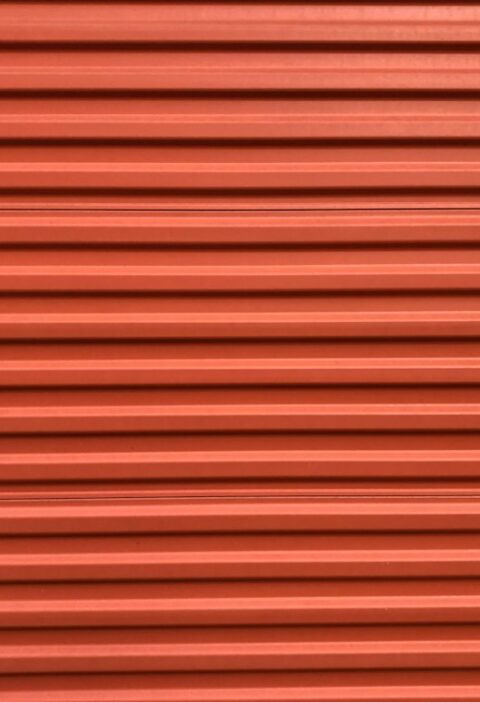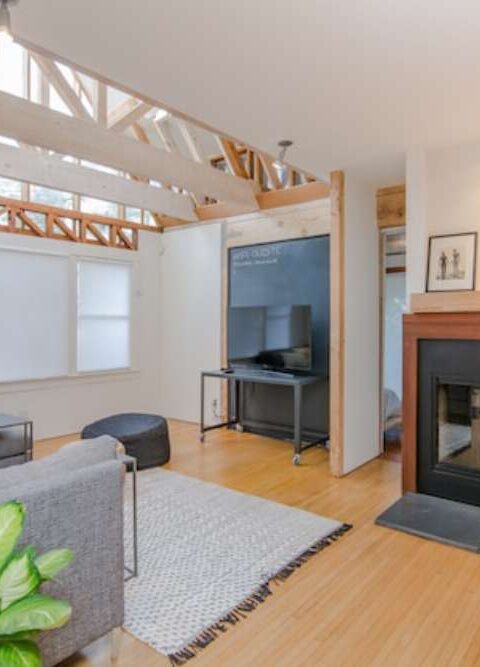Window replacement is a common home improvement project that often comes with misconceptions. Many homeowners find themselves puzzled by the various popular myths surrounding window replacement, which can lead to unnecessary stress or poor decision-making. Understanding the truth behind these myths is crucial for anyone considering updating their home’s windows.
Myth 1: Window Replacements Are Always Expensive
The truth about window replacement costs
Window replacement costs typically range from USD 180.00 to USD 409.00 per window, with a national average of USD 280.00. The exact cost depends on factors such as window size, type, frame material, and installation location. While this might seem expensive, it’s important to consider the long-term benefits.
Long-term savings and energy efficiency
Energy-efficient windows can lead to significant savings on heating and cooling costs over time. ENERGY STAR certified windows can save homeowners an average of 12% on energy bills. These windows help maintain a comfortable indoor temperature year-round, reducing the workload on HVAC systems.
Available tax credits and incentives
Homeowners can offset window replacement costs with various incentives. The federal government offers tax credits up to $600 for energy-efficient windows. Many local utilities also provide rebates of $200 or more per ENERGY STAR window, increasing affordability and ROI.
Myth 2: Window Replacement Is a Time-Consuming Process
Actual duration of window replacement projects
Contrary to popular belief, window replacement is not as time-consuming as many people think. The actual installation process for a single window typically takes between 30 to 60 minutes. A skilled team of professionals can replace 8 to 15 windows in a day, depending on various factors such as window size and accessibility.
Efficiency of professional installation teams
Professional installers work efficiently, often in pairs, to minimize mistakes and ensure consistent quality. This teamwork approach allows for quicker installations without compromising on precision. Their experience and specialized tools contribute to a streamlined process, reducing the overall project duration.
Minimal disruption to daily life
Window replacement has a minimal impact on daily routines. While the entire project, from ordering to completion, may take several weeks due to manufacturing and delivery times, the actual installation causes little disruption. Homeowners can continue with their regular activities during most of the process, with only brief periods of work in specific areas of the house.
Myth 3: DIY Window Replacement Is Just as Good as Professional Installation
Risks of DIY window replacement
DIY installations can lead to costly mistakes, potential injuries, and voided warranties. Homeowners may lack the specialized tools and expertise needed for proper installation, resulting in air leaks, water damage, or even structural issues.
Benefits of professional installation
Professional installers have the training and experience to handle complex installations efficiently. They ensure proper fit, function, and compliance with local building codes. Additionally, professional installation often comes with warranties, providing peace of mind.
Importance of proper sealing and insulation
Proper sealing and insulation are essential for energy efficiency and moisture prevention. Professional installers use quality materials and techniques to create airtight seals, reducing drafts and enhancing comfort. This attention to detail ensures optimal window performance and dispels common replacement myths.
Myth 4: Energy-Efficient Windows Aren’t Worth the Investment
Energy savings potential
Energy-efficient windows can lead to significant savings on heating and cooling costs. The U.S. Department of Energy reports that homeowners can save between USD 126.00 to USD 465.00 annually by replacing single-pane windows with energy-efficient alternatives. These windows minimize heat transfer, keeping homes warmer in winter and cooler in summer.
Improved home comfort
Beyond financial benefits, energy-efficient windows enhance living spaces. They reduce drafts and cold spots, creating a more comfortable environment year-round. Additionally, these windows often come with features that block harmful UV rays, protecting furniture and flooring from sun damage.
Impact on property value
Investing in energy-efficient windows can boost a home’s market value. Real estate professionals know energy savings attract buyers, who often pay more for properties with efficient features. This makes energy-efficient windows a smart, long-term investment, countering common replacement myths.
Myth 5: Windows Can Only Be Replaced in Warm Seasons
Year-round window replacement possibilities
Contrary to popular belief, window replacement is possible year-round, not just in spring and summer. Winter installations offer unique benefits, and professionals handle cold conditions effectively, ensuring a smooth process.
Benefits of off-season installation
Winter window installations offer significant benefits, including attractive discounts due to reduced demand. Contractors provide flexible scheduling, allowing convenient installation times. Immediate improvements in insulation and energy efficiency also make winter replacements advantageous.
How professionals handle cold weather installations
Window replacement professionals use specific techniques for cold weather installations, working one window at a time to reduce heat loss. They may set up floor-to-ceiling barriers to block cold air and protect the interior. These methods ensure efficient, effective replacements even in chilly conditions.
Myth 6: It’s Always Cheaper to Repair Windows Than Replace Them
Long-term cost comparison
While window repairs may appear cheaper initially, frequent fixes can end up costing more than replacements. New windows improve energy efficiency, lowering utility bills and offering a better return on investment. The choice between repair and replacement depends on the window’s condition and budget.
When repair is no longer viable
Repair becomes less practical when windows have significant damage, such as major leaks, foggy panes, or structural issues. In these cases, replacement is often the smarter choice. Old, drafty windows or those with broken seals may require replacement to enhance comfort and energy efficiency. A professional assessment can help determine the best course of action.
Benefits of upgrading to modern window technology
Upgrading to modern windows offers many benefits, including lower energy costs, increased home value, and improved comfort. New models feature better security, reduced maintenance, and noise reduction, creating a more peaceful environment. These advantages make window replacement a smart investment for homeowners.
Myth 7: Windows Only Need Replacing When They’re Broken
Signs it’s time to replace windows
Windows don’t need to be broken to warrant replacement. Signs include difficulty opening or closing, drafts, condensation between panes, and increased energy bills. Windows over 15-20 years old may have weakened seals, leading to air leaks and water seepage.
Benefits of proactive window replacement
Proactive replacement offers numerous advantages. It improves energy efficiency, reduces utility costs, and enhances home comfort. New windows provide better insulation, keeping indoor temperatures stable and reducing HVAC strain. They also offer improved security features and noise reduction.
Impact on home energy efficiency
Replacing old windows with ENERGY STAR models boosts energy efficiency, cutting bills by up to 12%. These windows minimize heat transfer, keeping homes cooler in summer and warmer in winter. This proactive upgrade dispels window replacement myths and enhances overall home performance.
Myth 8: All Replacement Windows Are Created Equal
Differences in window quality and materials
Replacement windows come in various materials, including vinyl, aluminum, fiberglass, wood, and composite, each with unique features. Vinyl is affordable and energy-efficient, while wood offers classic charm but needs more upkeep. Fiberglass windows are durable and withstand extreme temperatures.
Importance of energy ratings
Energy ratings are essential for comparing window performance. The NFRC certifies windows based on U-factor, SHGC, and Visible Transmittance (VT). Lower U-factors mean better insulation, while SHGC measures solar heat gain. Understanding these ratings helps homeowners pick windows suited to their climate and energy needs.
How to choose the right replacement windows
Choosing replacement windows requires considering climate, home style, and budget. Energy Star certification helps identify energy-efficient options. Prioritize functionality, durability, and maintenance, and ensure professional installation for optimal performance and longevity.
Conclusion
Window replacement is more than just a home improvement project; it’s an investment in comfort, energy efficiency, and property value. By debunking these common myths, homeowners can make informed decisions about their windows. The truth is that window replacement can be affordable, quick, and beneficial year-round when done by professionals.







